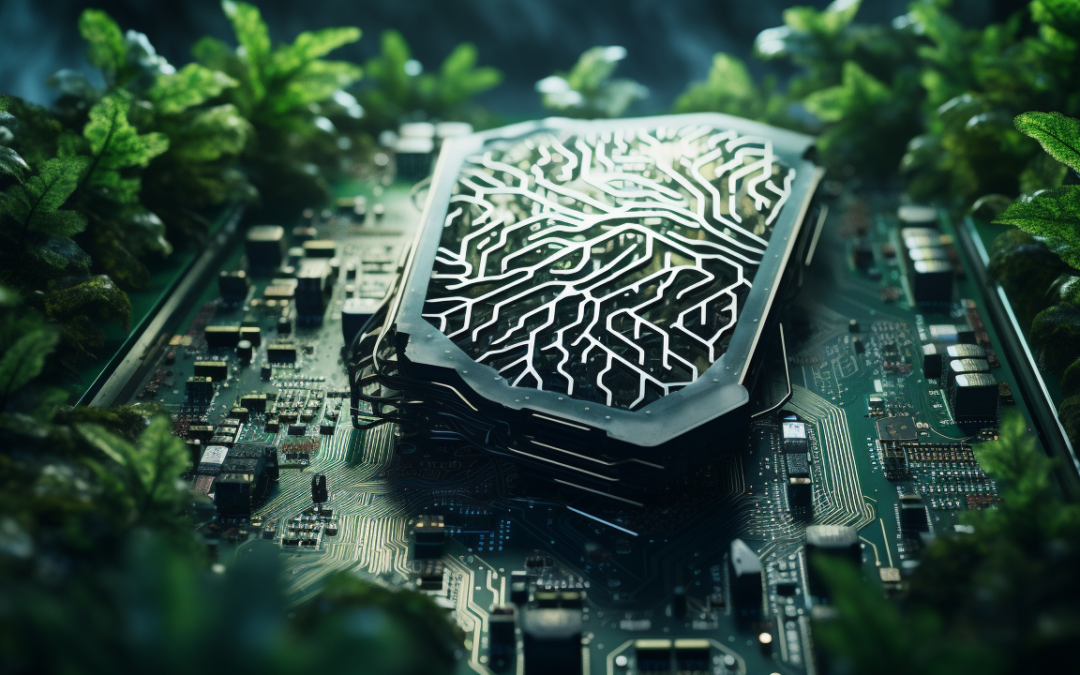Ever considered that we are, in essence, hardware? This realization hit me like a bolt of lightning. It triggered a fascinating analogy between our brains and computer systems, especially for someone deeply entrenched in Information Technology.
The Structure of the Brain: A Hardware Blueprint
Now, Imagine your hands as the keyboard and mouse. A sophisticated gaming tool with preprogrammed keys and buttons capable of intricate functions. As you type, data travels up to the PCI bus, akin to the nervous system transmitting electrical impulses between your computer and peripherals. If you disconnect the cable, and the keyboard becomes useless—much like losing the function of a hand.
Next, let’s delve into the brain’s components. First up:
Cerebellum: The Basic Processor
Much like a computer’s front side bus, the cerebellum, often referred to as the lizard or reptilian brain, handles basic input and output functions. Think of it as the system responsible for making quick decisions without conscious thought, such as pulling your hand away from a hot stove. This exemplifies the hardware-like nature of our actions.
Limbic System: The Emotional Hub
Next, data ascends to the processor for logical structuring. However, it first must go through the limbic system of our brain. In our brain, the limbic system plays this role. Here, this emotional control center processes signals from the cerebellum, turning physical sensations into emotions. The pain from touching a hot stove transforms into sadness, anger, or other emotional responses. Memories, too, find their home in various parts of the brain, adding layers to our emotional experiences.
Frontal Lobes: The Logical Processor
The thought process then reaches the frontal lobes, the brain’s logical processor. Here, cognitive processing occurs, and the prefrontal lobes manage movements and other functions. In our scenario, the prefrontal lobes analyze the pain signal, deducing that touching the hot stove hurts and should be avoided. The processed information then relays back to the limbic system, creating a memorable, emotionally charged experience.
A Unique Feature: The Limbic System
One fascinating aspect of our brain is the centrality of the limbic system. Almost all thoughts pass through this emotional control center, which also crucially contributes to memory formation. The unique feature lies in the fact that the limbic system doesn’t judge the emotions it sends; we, as individuals, impose the judgment. It’s a reminder that these signals are just that—signals.
The Enigma of the Brain
While we marvel at the complexity of our brain, acknowledging it as a magical place, there’s still much we don’t fully understand. In recent decades, groundbreaking research into the electrical signals of the brain has revealed astonishing findings.
The Human Brain—A Symphony of Signals
In our journey through this intricate system, we glimpse the harmony of hardware and emotion, a dance of impulses and reactions that shape our human experience. As we continue to unlock the mysteries of the brain, the intersection of Information Technology and mental health reveals itself as a realm of endless possibilities.

